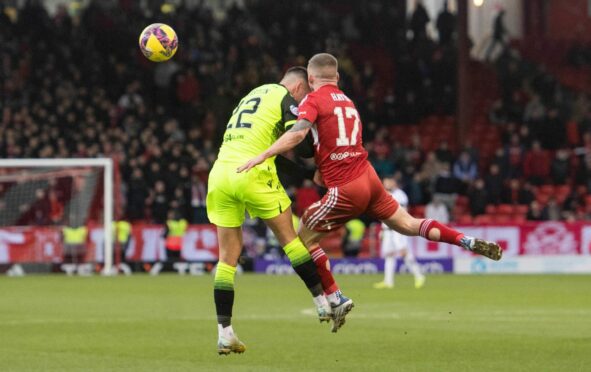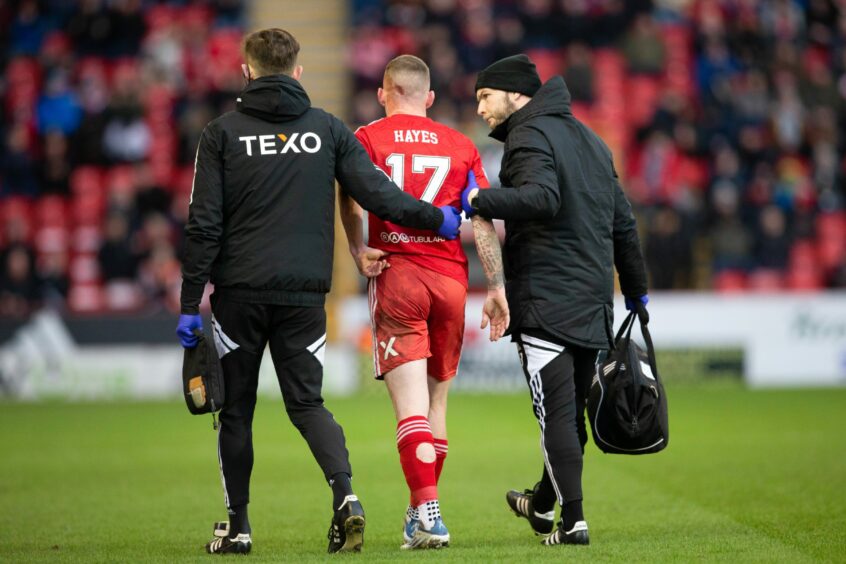Jonny Hayes’ contribution to this match may have far-reaching ramifications in the outcome of both teams’ seasons and the destiny of their managers.
But that is nothing compared to the personal consequences it may have had for the player himself if it transpires that he re-entered the game in the grip of a concussion.
It is important to note that nobody besides those who administered it knows the rigour of the assessment Hayes underwent after his gruesome head clash, and thus it is not fair to criticise the decision on the basis of subsequent events or uneducated outside observation.
But what is reasonable is to evaluate the process through which players pass following head trauma.
Whilst Hayes’ superficial wound was substantial, it was apparent that those attending were, quite correctly, more concerned about the inside of his head than the outside.
But, though lengthy in the context of a football match, the four-minute period between the collision and Hayes’ return to the pitch could not have allowed for the sort of investigation necessary for conclusive diagnosis.
Had the rules afforded Aberdeen the opportunity to replace Hayes temporarily for detailed appraisal, there would not have been such pressure to complete the process quickly.
Equally, had there been scope for an independent professional to enforce the withdrawal of a suspected concussion recipient, it would not have unfairly left the call in the hands of a club with obvious vested interest.
Sport is evolving in the area of brain injuries but remains behind the curve of medical research: witness the recent case of Miami Dolphins quarterback Tua Tagovailoa, facing an uncertain future after being allowed to take repeated hits despite visible symptoms.
Our football is a different, less violent, proposition, but still must do more to protect its players from their own instincts.


Conversation